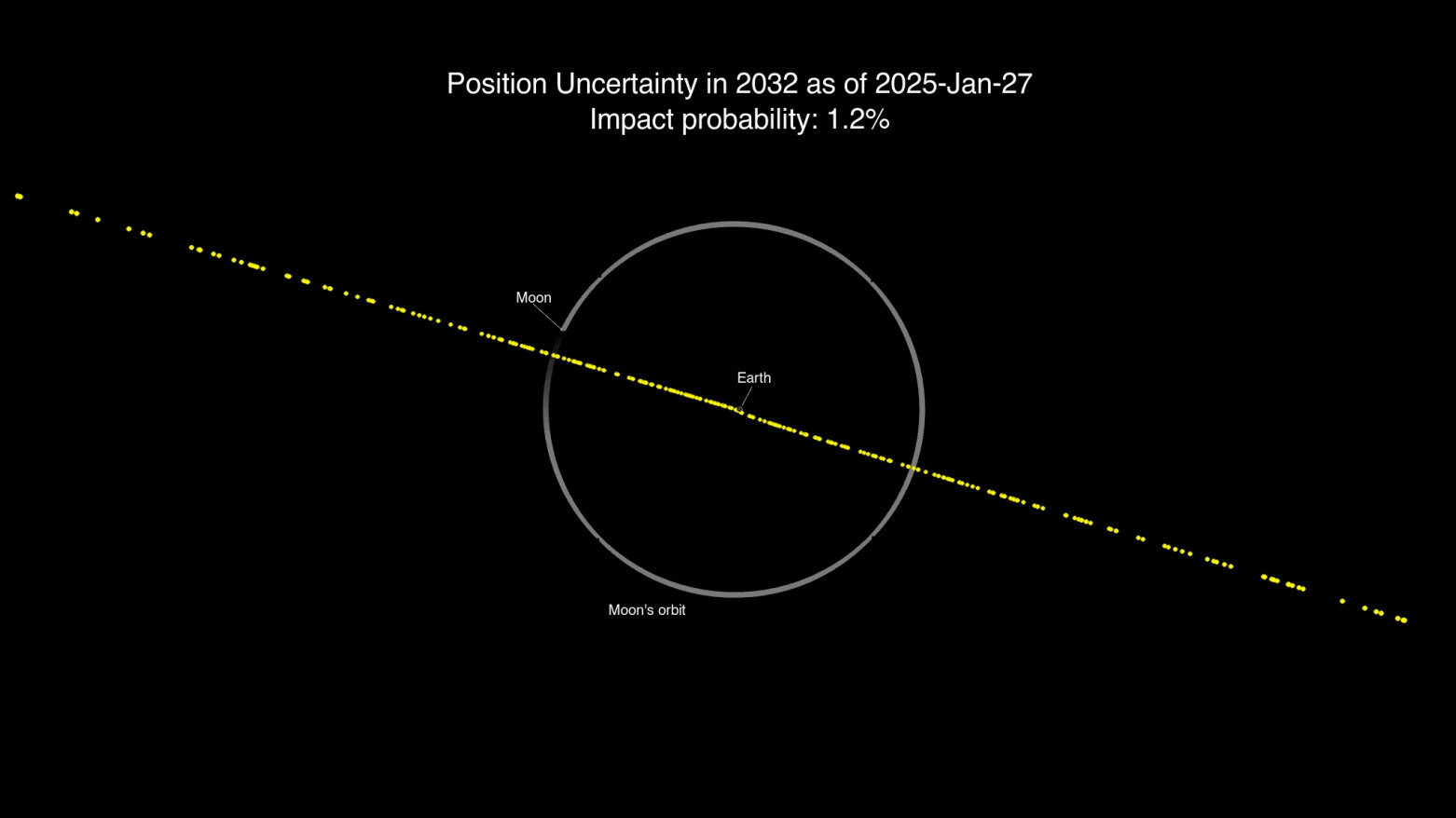No Cosmic Collision: NASA Confirms Earth Dodges Potential Asteroid Threat

In a collective sigh of relief, astronomers have declared that the potential threat from asteroid 2024 YR4 has dramatically diminished. The once-concerning space rock, which had initially sparked concerns about a possible Earth impact in 2032, now appears to pose virtually no risk to our planet.
Recent calculations and precise tracking have allowed scientists to refine their predictions, effectively reducing the probability of a collision to nearly zero. This remarkable update comes after careful observation and advanced computational modeling that has given researchers a much clearer picture of the asteroid's trajectory.
Experts in planetary defense have been closely monitoring the asteroid's path, using state-of-the-art telescopes and tracking systems to map its precise route through space. Their meticulous work has provided reassurance that Earth can rest easy, with the threat of this particular space rock now considered negligible.
While the initial discovery of 2024 YR4 had raised some alarm, the latest scientific assessments demonstrate the incredible precision of modern astronomical research. It's a testament to human ingenuity that we can now predict and track potential cosmic threats with such remarkable accuracy.

